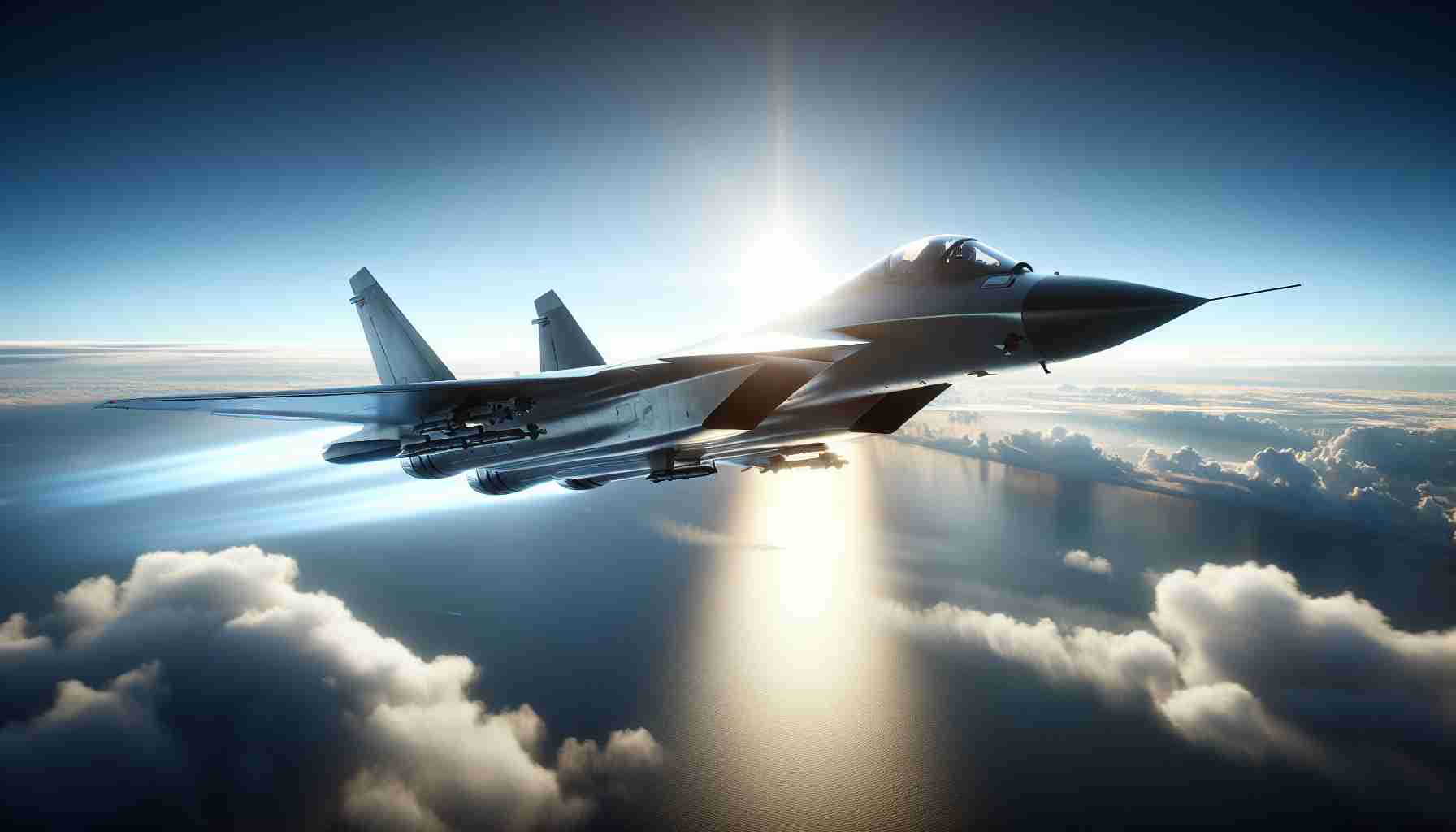The Shenyang J-15, also known by its NATO reporting name “Flanker-X2,” is a Chinese fourth-generation, twin-engine, all-weather, carrier-based fighter aircraft. Developed by the Shenyang Aircraft Corporation, a subsidiary of the Aviation Industry Corporation of China (AVIC), the J-15 has garnered attention as the centerpiece of China’s rapidly expanding naval aviation capabilities.
Often compared to the Russian Sukhoi Su-33, the J-15 is a derivative design but features several Chinese-made systems, including avionics and weapons. The aircraft underwent its maiden flight in 2009, and it was primarily developed for operations on the Liaoning, China’s first operational aircraft carrier.
The J-15 is equipped with cutting-edge technology, including an advanced radar system and modern weaponry, making it both a formidable air superiority fighter and capable of a variety of roles including ground attack and anti-ship missions. With a top speed of Mach 2.4 and a combat range extended by aerial refueling, the J-15 offers China significant power projection capabilities.
Despite challenges such as its heavy weight impacting take-off from carriers with ski-jump ramps, the J-15 represents a significant leap forward for China’s naval aviation. With ongoing improvements and potential plans for a fifth-generation successor, the J-15 continues to be a critical element in the modernization of China’s military forces.
Unveiling the Shenyang J-15: A New Era for Naval Aviation and Global Dynamics
The Shenyang J-15 fighter jet is reshaping the landscape of military aviation, symbolizing China’s formidable rise in the realm of defense technology. But what does this mean for the global community?
Impact on Regional Stability
The development of the J-15 is not merely about enhancing China’s military capabilities—it’s a strategic tool for asserting influence in the Asia-Pacific region. Equipped to perform diverse missions, the J-15 gives China a tactical advantage, potentially shifting the balance of power. This has raised concerns among neighboring countries like Japan and South Korea, who are closely monitoring China’s expanding aerial capabilities.
Economic Implications
The production of the J-15 is also a testament to China’s growing self-reliance in defense. This move reduces China’s dependency on foreign technology, creating economic ripples that extend to international defense markets. As China invests in indigenous technology, other countries might reassess their military import strategies, impacting global defense economics.
Controversial Comparisons
A point of contention has been the J-15’s likeness to the Russian Su-33. While critics argue about intellectual property and design similarities, China maintains that the J-15 is a domestic development. This debate underscores complex international relations within defense collaborations.
What’s Next?
With the J-15 marking just the beginning, what’s on the horizon for China’s naval aviation? Speculations about a fifth-generation successor keep defense analysts on their toes. How will this impact global military dynamics?
For a deeper understanding of global defense developments, explore sites like Jane’s Defence or Defense News.
The article has been updated: 2024-11-02 12:30
Here are some suggested related links:
1. Defense News – This site provides in-depth coverage of military and defense issues, including reports on naval power and aircraft advancements.
2. Military.com – A comprehensive source for news, analysis, and information on the military, including updates on various military aircraft and their implications.
3. Janus – Often regarded as a leading defense information source, Janes offers insights into global military technologies and trends.
4. Forbes – Known for its business-oriented content, Forbes also provides analysis on defense industries and military developments that could impact global power dynamics.
5. The Diplomat – A magazine focused on Asia-Pacific affairs, it frequently discusses military developments and their strategic implications in the region.
6. Global Security – This website offers detailed information about military capabilities around the world, including overviews of various aircraft and naval power.
7. Air Force Magazine – A publication of the Air Force Association, it covers issues relevant to air power and its role in naval strategy.
8. CNBC – A leading business news outlet that covers economic aspects of defense spending and military technology developments.
9. BBC News – Renowned for its unbiased news coverage, BBC often reports on global military developments and international relations.
10. Reuters – A major news organization that provides reliable updates on military news and strategic changes in regions including Asia.
The article has been updated: 2024-11-03 21:06
What are the key features of the Shenyang J-15 that make it a potential game-changer for China’s naval power?
The Shenyang J-15, also known as the Flying Shark, boasts several key features that contribute to its potential as a game-changer for China’s naval capabilities. Firstly, it is a carrier-based fighter aircraft capable of operating from the decks of China’s aircraft carriers, such as the Liaoning and the Shandong. This capability enhances China’s power projection and operational reach in maritime areas.
Secondly, the J-15 is equipped with advanced avionics, radar systems, and weaponry, enabling it to engage multiple targets effectively and conduct a variety of missions, including air superiority, ground attack, and anti-ship operations. Its ability to carry precision-guided munitions and anti-ship missiles makes it a formidable opponent in naval combat scenarios.
Additionally, the J-15 benefits from China’s ongoing advancements in military technology, serving as a platform for further innovations and improvements. With its combination of versatility, technological sophistication, and the ability to operate from aircraft carriers, the J-15 significantly strengthens the Chinese navy’s overall operational effectiveness and deterrence capability in the Asia-Pacific region.







